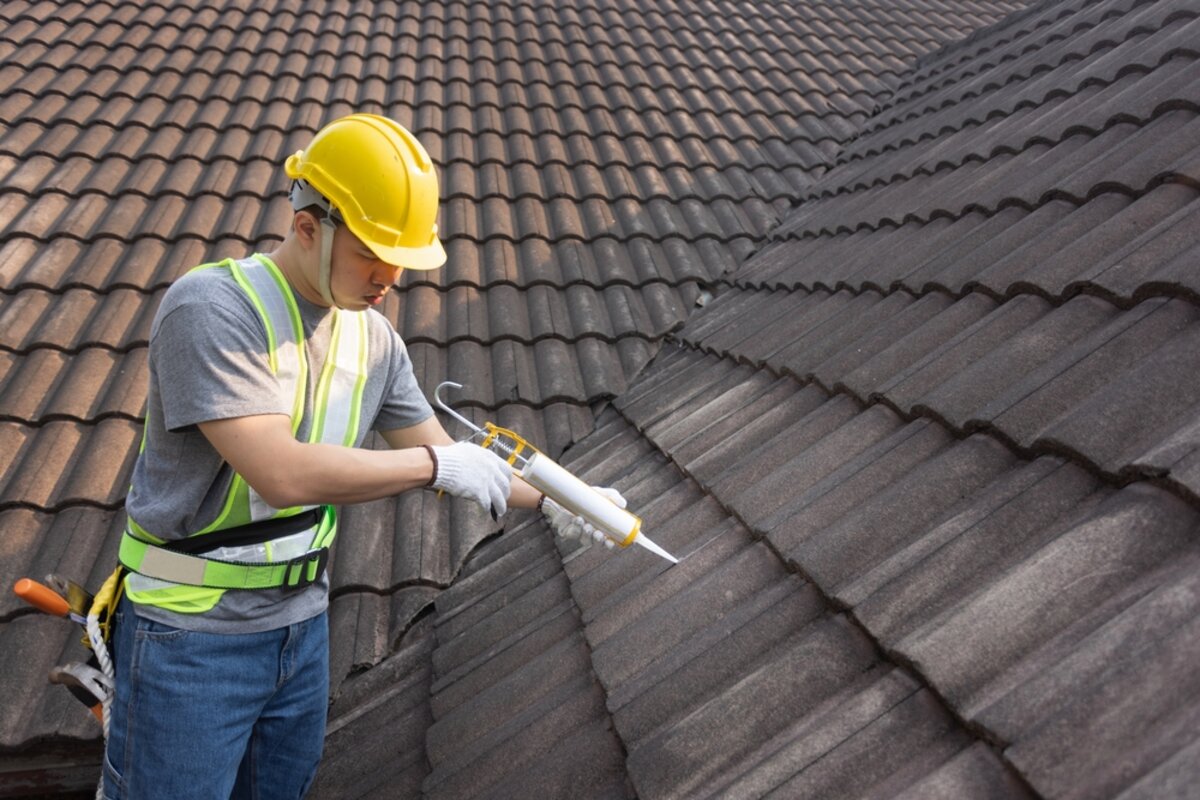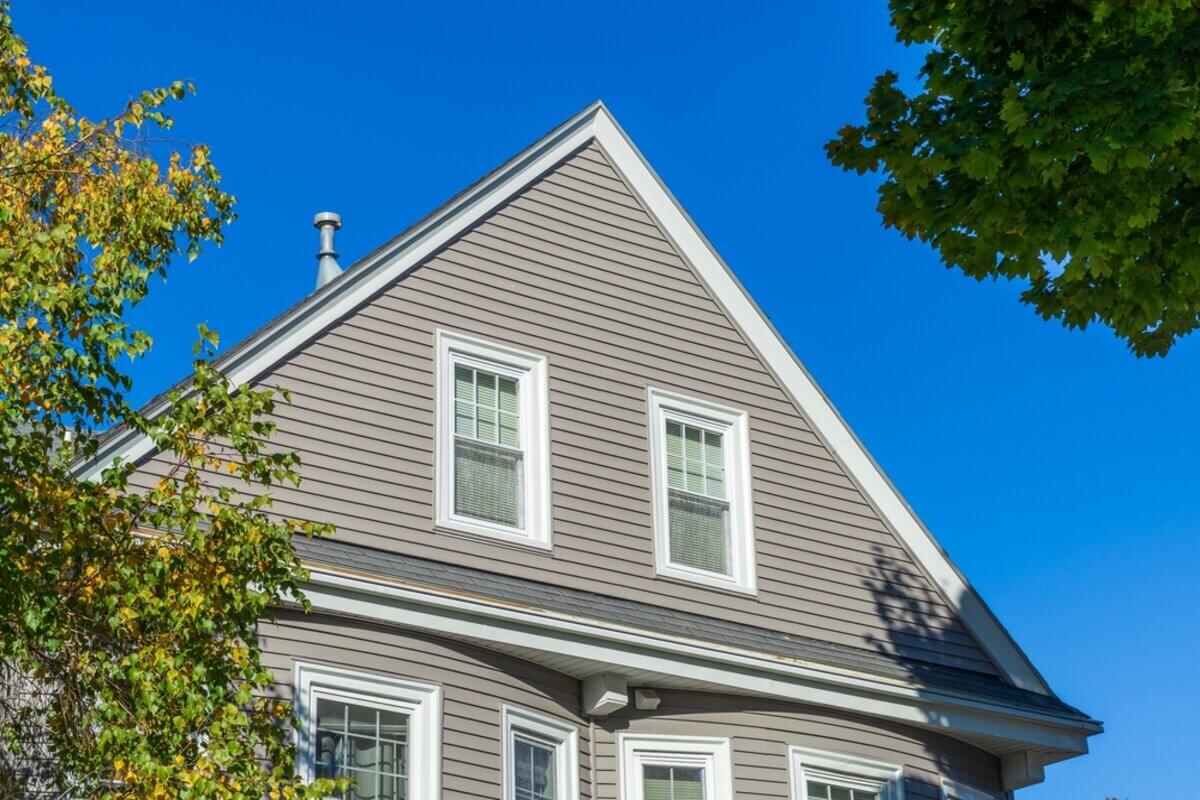Vinyl siding is a popular choice for homeowners due to its durability, low maintenance requirements, and affordability. However, despite its advantages, many homeowners encounter issues like when their vinyl siding is warping, buckling, and cracking. In this article, we’ll explore six common reasons why your vinyl siding may be exhibiting these problems and provide insights on how to address and prevent them.
1. Exposure to Extreme Temperatures
One of the primary reasons why your vinyl siding is warping is exposure to extreme temperatures. Vinyl siding expands when exposed to heat and contracts in colder temperatures. Over time, this expansion and contraction can cause the siding to warp and buckle. To mitigate this issue, consider installing vinyl siding with thermal expansion properties or providing adequate insulation to regulate temperature fluctuations. Additionally, ensuring proper ventilation around the siding can help dissipate heat and prevent excessive warping. Regular maintenance, such as cleaning the siding to remove debris and inspecting for any signs of damage, can also help identify and address issues before they escalate.
2. Improper Installation
Improper installation is another common cause of vinyl siding warping and cracking. If the siding is not installed correctly, it may not have sufficient room for expansion and contraction, leading to deformation. Additionally, nails driven too tightly can restrict movement and cause stress points, increasing the likelihood of warping and cracking. Hiring a professional installer who follows manufacturer guidelines can help prevent these issues.
3. Moisture Infiltration
Moisture infiltration is a significant contributor to vinyl siding damage. Water can seep behind the siding through gaps, cracks, or improperly sealed joints, leading to warping, buckling, and mold growth. Regularly inspect your siding for signs of water damage and promptly address any issues to prevent further deterioration. Properly maintaining your home’s exterior, including caulking joints and replacing damaged siding, can help keep moisture at bay.
4. Sun Exposure
Excessive exposure to sunlight can cause vinyl siding to fade, warp, and become brittle over time. Ultraviolet (UV) rays break down the chemical compounds in the siding, compromising its structural integrity. To minimize sun damage, consider using UV-resistant vinyl siding or applying a protective coating. Additionally, installing light-colored siding can help reflect sunlight and reduce heat absorption, mitigating warping and cracking.
5. Structural Movement
Structural movement in your home’s foundation or walls can also contribute to vinyl siding problems. As the underlying structure shifts or settles, it can exert pressure on the siding, causing it to warp, buckle, or crack. Addressing any structural issues promptly, such as repairing foundation cracks or reinforcing load-bearing walls, can help prevent further damage to your vinyl siding.
6. Impact Damage
Impact damage from hail, fallen branches, or other objects can cause vinyl siding to warp, buckle, or crack. While vinyl siding is designed to withstand moderate impacts, severe force can still cause significant damage. Regularly inspect your siding for signs of damage and replace any panels that are dented or cracked to maintain the integrity of your home’s exterior. Additionally, consider installing protective measures such as storm shutters or trimming nearby trees to minimize the risk of impact damage during severe weather events.
In Summary

When your vinyl siding is warping, buckling, and cracking, it can result from various factors, including exposure to extreme temperatures, improper installation, moisture infiltration, sun exposure, structural movement, and impact damage. By understanding these common reasons and taking preventive measures, such as proper installation, maintenance, and addressing structural issues, homeowners can prolong the lifespan of their vinyl siding and keep their homes looking beautiful for years to come. For professional assistance with your exterior needs, including installation, repairs, and maintenance, don’t hesitate to contact Perfect Exteriors today. Our team of experts is here to help ensure your home’s exterior remains in top condition.









